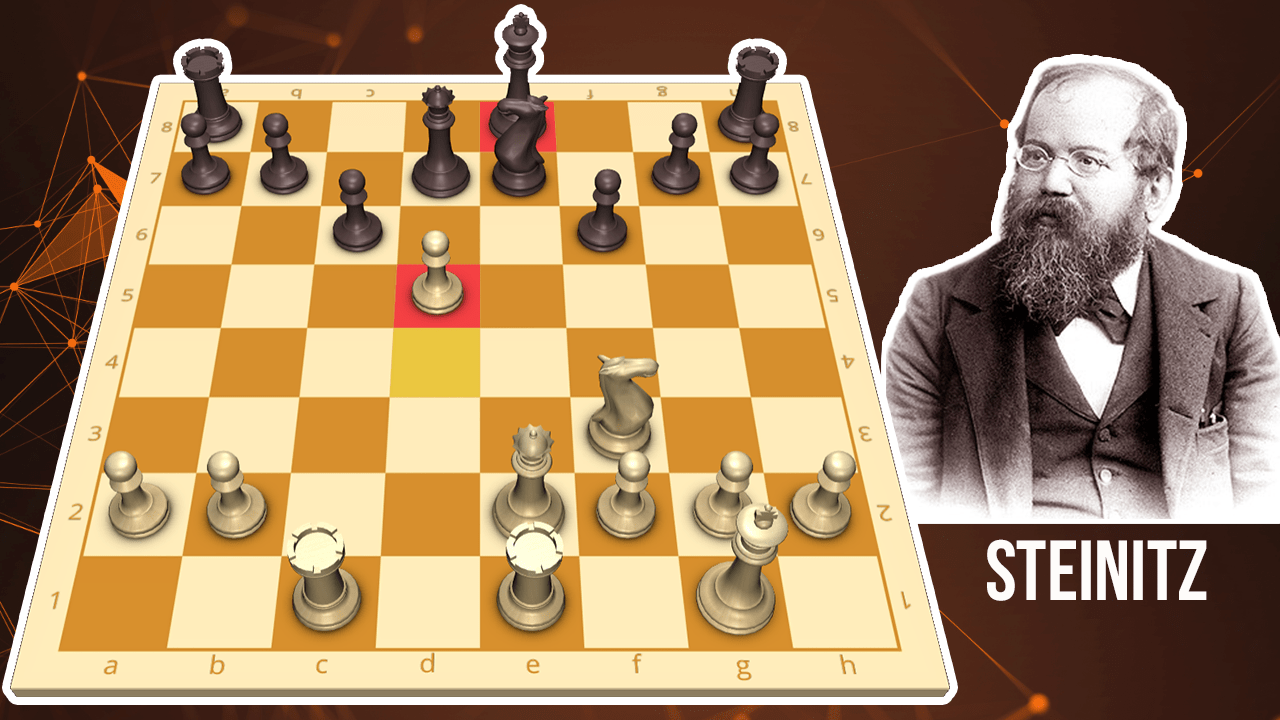
1st World Chess Champion Wilhelm Steinitz' Immortal Game: Every Move Explained
In my newest "Every Move Explained" video, I break down the first world chess champion, Wilhelm Steinitz, most famous game.
Steinitz gets a bit of a bad rap. He never dazzled the world like Paul Morphy, and by the time Lasker came along, he proved to be significantly stronger than the 53-year-old Steinitz in a match that took place partly in Montreal (Does that make them the first Chessbrahs? 🤔).
However, Steinitz was the probably the best player in the world for decades before his eventual defeat by Lasker, and he also deserves great credit for furthering chess theory and developing the theory of the accumulation of small advantages (basically, collect small advantages, they are as legitimate a method of victory as dazzling attacks). In many ways, Steinitz virtually invented modern positional chess, AND he spread his ideas by writing about thim in books and periodicals. He was probably the most important chess writer before Nimzowitsch.
Steinitz won many fine games, but probably none is as spectacular as his victory over Von Bardeleben from the great Hastings tournament of 1895, played the year after Lasker had taken his crown. The game is a perfect demonstration of the value of open files and active pieces culminating in a memorable combination.
Lessons:
* Castle!
* When your opponent can't castle, do anything you can to keep their king in the middle.
* A positional pawn sac (d5!!) can be the perfect solution to maximize your pieces.
I've annotated the game one move at a time below.
If you want to support the content and see more games, subscribe and follow on YouTube and Twitch!


